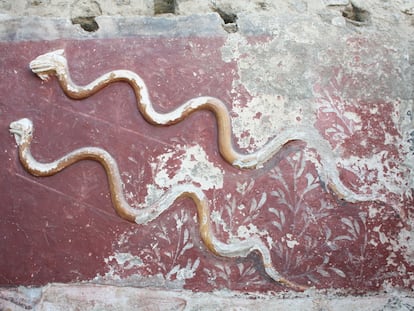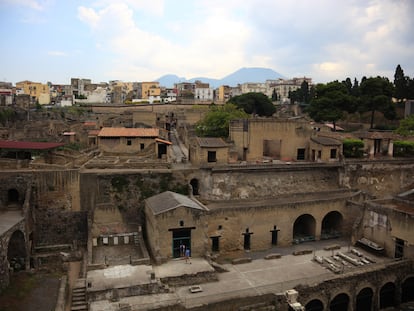Pompeii, a never-ending journey of discovery
A new book by Italian photographer Luigi Spina explores hidden corners of the ancient city buried by a volcanic eruption in 79 AD
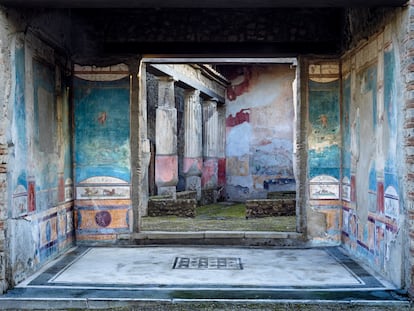
Mary Beard, author of numerous books about the Roman world, says that visiting Pompeii is akin to time travel. The city buried by Mount Vesuvius in 79 AD, unlike any other Roman antiquity site, allows us to connect with people who lived and died 2,000 years ago. We get a glimpse into their daily lives, from their houses and bakeries to their streets and bathrooms. Moreover, the site offers an immense variety of archaeological remains, and two-thirds of it have yet to be excavated. The National Archaeological Museum of Naples has just as many artifacts from Pompeii in storage as it has on display. The stored items are equally remarkable, just not currently on exhibit. It’s like Madrid’s Prado Museum having a vault full of Velázquez and Goya paintings as impressive as the ones hanging on its walls. Every month, Pompeii offers a fresh assortment of treasures – paintings, political graffiti, slave quarters, a fast food joint and yet another trove of human remains. Pompeii not only provides valuable insights into daily life in ancient Roma, but it has also significantly influenced our understanding of antiquity. It’s like that scene in the movie Poltergeist where a parapsychologist says she began believing in ghosts after seeing inanimate objects inexplicably moving before her eyes. Pompeii offers a similar experience, immersing us in the vibrant world of ancient Rome and taking us on a unique and never-ending journey of discovery.
Inside Pompeii (Getty Publications in USA / Thames & Hudson in UK, 2023) by Italian photographer Luigi Spinas is a visually stunning and intimate photographic tour of Pompeii’s spaces, including many that have never been seen by the public.

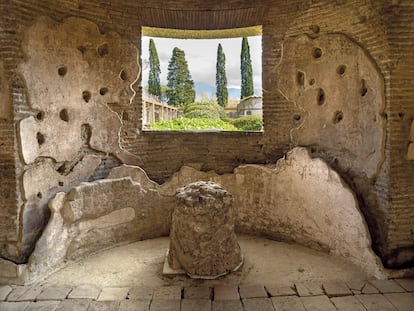
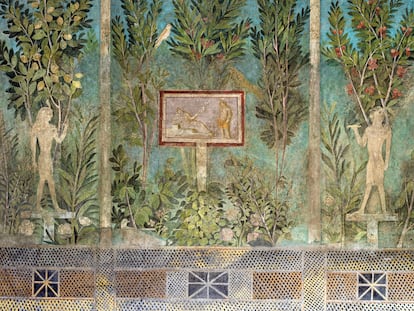

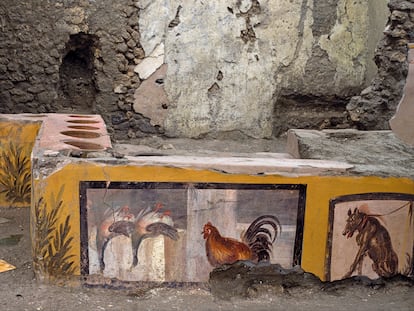
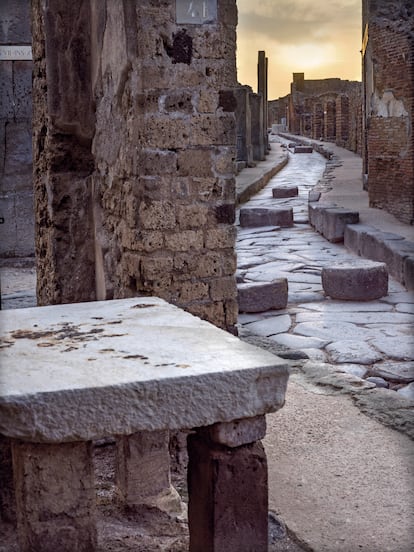
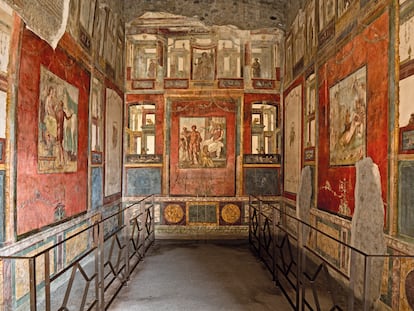
Sign up for our weekly newsletter to get more English-language news coverage from EL PAÍS USA Edition
Tu suscripción se está usando en otro dispositivo
¿Quieres añadir otro usuario a tu suscripción?
Si continúas leyendo en este dispositivo, no se podrá leer en el otro.
FlechaTu suscripción se está usando en otro dispositivo y solo puedes acceder a EL PAÍS desde un dispositivo a la vez.
Si quieres compartir tu cuenta, cambia tu suscripción a la modalidad Premium, así podrás añadir otro usuario. Cada uno accederá con su propia cuenta de email, lo que os permitirá personalizar vuestra experiencia en EL PAÍS.
¿Tienes una suscripción de empresa? Accede aquí para contratar más cuentas.
En el caso de no saber quién está usando tu cuenta, te recomendamos cambiar tu contraseña aquí.
Si decides continuar compartiendo tu cuenta, este mensaje se mostrará en tu dispositivo y en el de la otra persona que está usando tu cuenta de forma indefinida, afectando a tu experiencia de lectura. Puedes consultar aquí los términos y condiciones de la suscripción digital.
More information
Últimas noticias
Most viewed
- Reinhard Genzel, Nobel laureate in physics: ‘One-minute videos will never give you the truth’
- Pablo Escobar’s hippos: A serious environmental problem, 40 years on
- Charles Dubouloz, mountaineering star, retires at 36 with a farewell tour inspired by Walter Bonatti
- Why we lost the habit of sleeping in two segments and how that changed our sense of time
- The Florida Keys tourist paradise is besieged by immigration agents: ‘We’ve never seen anything like this’
